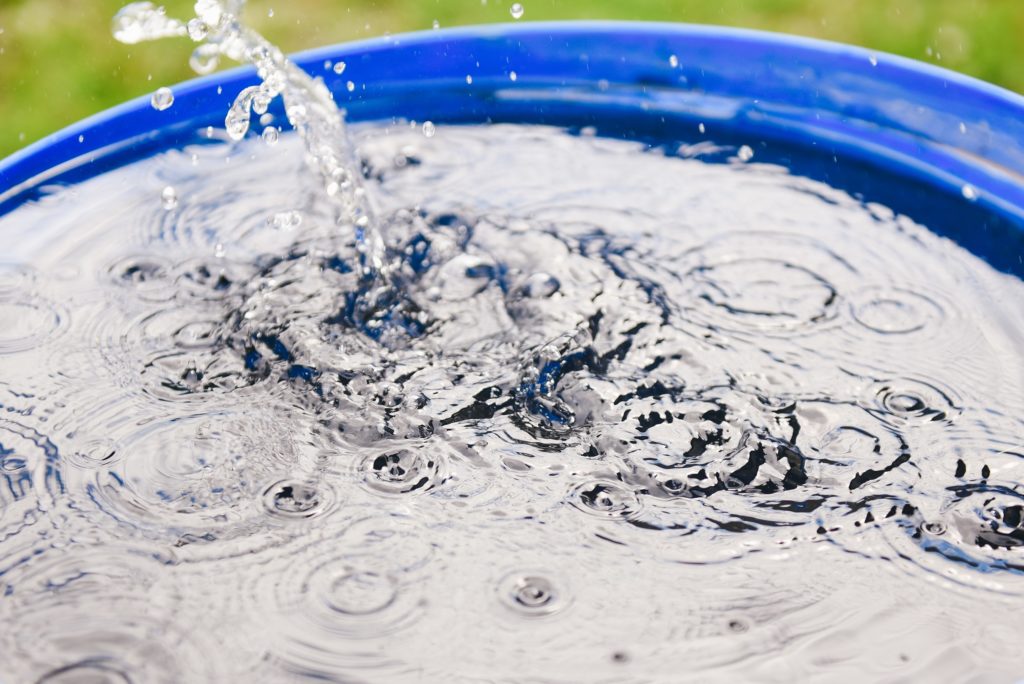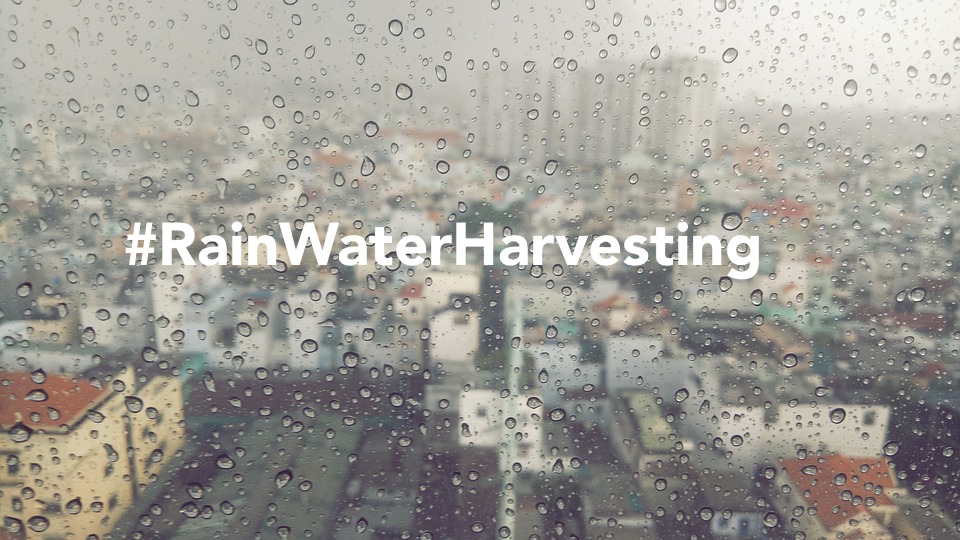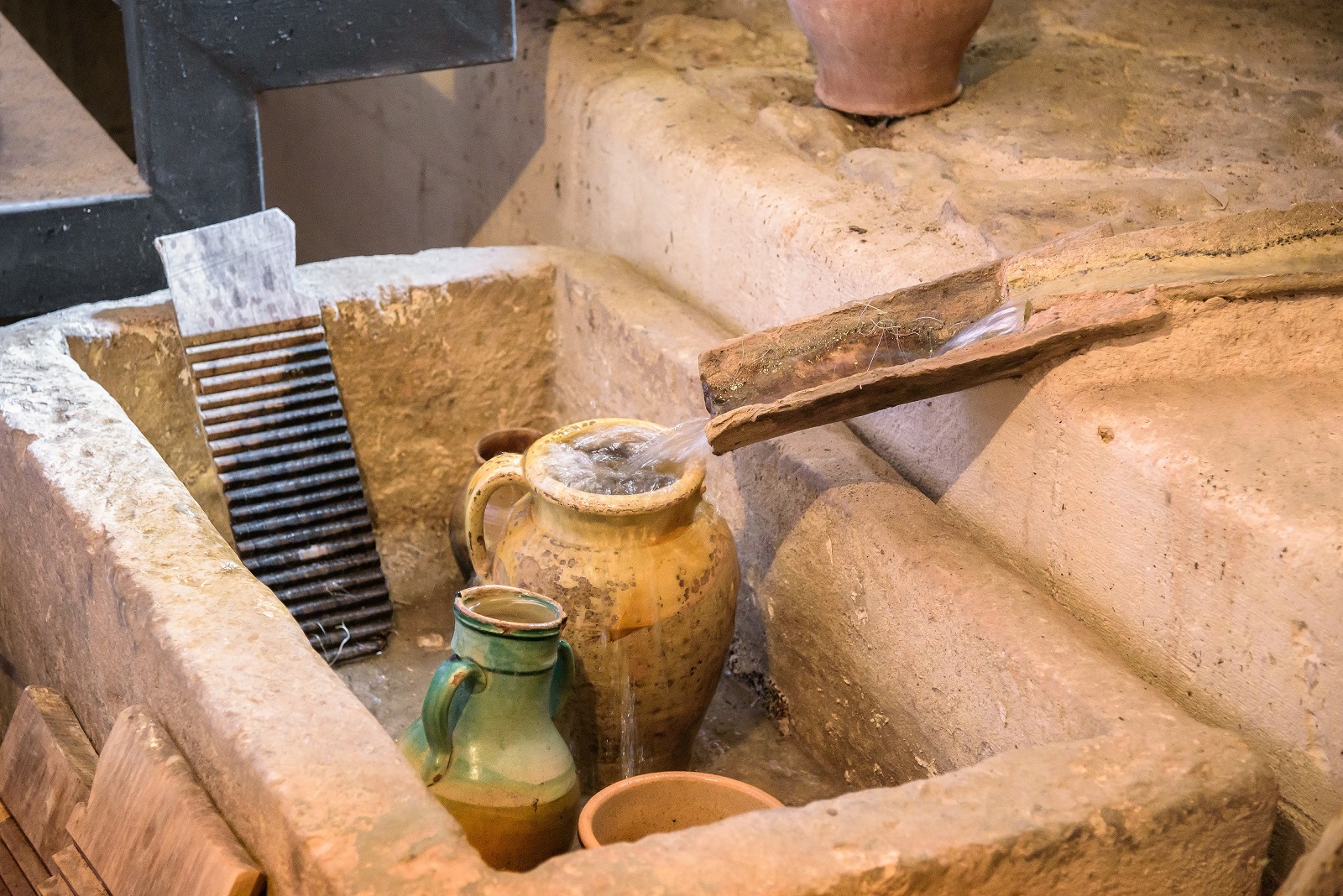We all know water covers about 3/4th of our planet’s surface – but only 2 percent is Fresh Water. Yes, a larger portion of the available water is polar ice. About 86 percent of Asia’s fresh water is used in agriculture, 8 percent for industry, and 6 percent for domestic purposes. India consumes 83 percent of freshwater for agriculture.
Water plays a significant role in our lives since it is a precious natural resource. Over the past few years, there has been an increase in water shortages in several parts of the world. Ideal measures must be put in place to help to reduce the high rate of water loss. With the change in climate patterns, people need to be aware of the alarming water shortage that we face currently and the imminent danger of severe shortage in the future. Various methods can be implemented to address the water problem in most area. Rain water harvesting is one of the methods that can be used for water conservation.
By 2025 2/3rd Of Humanity Will Face Water Shortage
Water scarcity is a grave problem for mankind. More and more water is needed for domestic, construction, and industrial use – and the rate of extraction is far more than the rate of recharging our water tables.
In our country, water is considered divine and referred to – neurontin 300 mg gabapentin Thritha. Sadly. There is nothing holy about the treatment of our precious water sources. Overexploitation and pollution have drastically shrunk the availability of clean and potable water almost an ooze.
Overexploitation of groundwater has been a result of urbanization, a decrease in open soil surface and water infiltration rate, and a resultant worsening in water quality. Industrial units and residential apartments face acute water shortages, consequence of this shortage comes in the form of elevated amounts of money spent on purchasing water from government and private water suppliers. And the rural scenario is no good. And increasing population increases the burden of food production which in turn demands more land, more fertilizers …. and more Water.
Once considered an inexhaustible resource – Fresh water is all set to become a rare and scarce commodity.
The water policy of the Government of India puts a standard of 180 liters per capita for our domestic needs. Given the current scenario – it is impossible to supply even 100 liters per day even in urban areas. Around 30 million Indians spread out over an area of 7 lakh sq. km., mostly in the west and northwest regions, are fighting an acute shortage of potable water especially in the hot summer months.
By 2025, 1.8 billion people will be living in countries or regions with absolute water scarcity, and two-thirds of the world’s population could be living under water-stressed.

How Are We Going To Fight The Problem?
Is there any way to increase the groundwater level? Well, the main source is precipitation i.e. in the form of rain or snow.
The annual rainfall in India is 400-million-hectare metres. This water from the rains can be utilized to recharge the groundwater. You may ask how – the answer lies in adopting a simple technique called rain water harvesting.
What Is Rain Water Harvesting?
So, what is rain water harvesting? It is a technique or strategy for the collection of rainwater and storing it in the right way for future use. The water can be collected from various surfaces and platforms and stored for later use. In most cases, the water is usually collected from rooftops and other hard surfaces. Rainwater harvesting is considered a very reliable way to conserve water.
This technique has been around for a very long time, practiced in ancient times. Over the past years, this ancient method of water storage has grown quite popular. It plays a vital role in reducing the use of potable water and increase reliability on rainwater. In simple words, harvesting rainwater means utilising every single drop to recharge the groundwater, by simply directing it to the well or under the ground.

Image Source: FairValueHome
Shockingly, India uses only 10-20% of its annual rainfall. When rainfall occurs, only a little of this water infiltrates and touches the groundwater aquifers. This indicates that the majority part of the rain all goes to the drain and fallow into the ocean. Also, lack of adequate storage facilities demands water being let to flow down to the sea to prevent folding and breaching. Not forgetting the unrestricted use and rapidly adding numbers and depth of borewells that impose a great threat to our country’s groundwater resources.
The global threat of depleting ground water can be best tackled by harnessing every single drop of rainwater for artificial recharge of the water tables.
Vyselki Advantages of Rainwater Harvesting
In both urban and rural settings, harvesting can be done by the use of infrastructure. One of the simplest ways of storing water from the collection is storage tanks. In most cases, the harvested water is usually redirected to storage tanks, cisterns, or reservoirs. The water is usually stored for later use. The roof of buildings is the best way to harvest rainwater. There are numerous advantages in doing so.
buy Ivermectin europe 1. Easy to Maintain
The use of rainwater harvesting system provides ideal merits to any community. First and foremost, the collection offers a better and efficient utilisation of energy resource. It is important because potable water is usually not renewable, thus reducing wastage. The systems used for water collection is based on simple techniques that are very easy to maintain. The overall expenses used in setting up harvesting methods are much cheaper compared to other purifying or pumping means. Also, its maintenance is feasible on the economic front as it does not require deep pockets.
inaccurately 2. Reducing Water Bills
Water that has been stored from harvesting water can be used for several non-drinking purposes. It will immediately reduce one’s utility bills. It is ideal for both residential and commercial properties.
3. Suitable for Irrigation
Harvesting allows the collection of large amounts of water. Most rooftops provide the necessary platform for collecting water. Rainwater is usually free from harmful chemicals, which makes it ideal for irrigation purposes.
4. Reduce demand on Ground Water
Another important advantage is that it reduces demand for potable water. It is important especially in areas with low water levels.
These are some of the significant advantages of harvesting rainwater.
Disadvantages Of Rain Water Harvesting
Alongside the array of advantages, this technique also proposes a set of drawbacks:
1. Erratic Rainfall – The volume of rainfall is tough to predict. Sometimes little, sometimes no rainfall can limit the supply of rainwater, hence depending on this resource alone is not possible.
2. Not Suitable For All Areas – This technique is suitable only for the areas that receive plenty of rainfall
3. High Investment – Depending on the system’s size and technology level, a rainwater harvesting system may cost anywhere between $200 to $2000. Give the huge investment cost it may be not payback if you are not being able to use the set up in case of erratic or scarce rainfall.
3. High Maintenance – Regular maintenance cost is another drawback. These harvesting systems are prone to rodents, mosquitoes, algae growth, insects and lizards hence demand high maintenance. If ignored or maintained poorly they can become a breeding ground for many animals and insects – ultimately inviting additional problems.
4. Storage Limits – The collection facilities may impose some kind of restrictions on the quantity of rainwater you may be able to use. In case of heavy rainfall, the collection system may not be able to hold all the rainwater ultimately the water goes to drains or rivers.
Techniques of Rain Water Harvesting
The collection of rainwater can be done in various methods depending on a few factors. A few common methods include the following:
1. Rain barrels
It is the easiest and affordable method of rainwater harvesting, especially at home. It is where barrels or water tanks installed below the downspouts of the rooftops guttering system. The water is then funnelled/directed into the tanks. The tank can be connected to provide backup water to your current plumbing system, or it can be attached to a pipe for drip irrigation. The use of barrels or tanks is ideal since it can store significant amounts of water.
2. Dry System
It is similar to the barrel’s system, but with the dry system, a larger storage container is used. The container is usually a few meters away from the property. The gutter is redesigned so that water is diverted to the large storage tank. It is a quick and cheap method to implement but has significant rewards.
3. Wet System
It is a technique that is entirely different from the dry system. Here, the collection pipes will always have water in them. It is because they will be situated underground. In the wet system, many collection pipes are connected to the downspouts of a building and diverted into a storage tank, which is also underground. The pipes need to be secure and well maintained to ensure there is no leakage into the soil.
4. Green Roof
This method of harvesting does not need the use of storage tanks. Instead of storing the water in a reservoir, the water is channeled straight to the garden. The process will require installing a drainage system on a building’s roof straight to the backyard. It is a very low maintenance method.
These are few of the standard rainwater harvesting methods, which are mainly done in many households.
Related: Top 7 Types Of Rainwater Harvesting Systems You Should Be Knowing
How Much Rainwater Can Be Harvested?
Explained below is an illustrative theoretical calculation that explains the massive potential for rain water harvesting. This same procedure can be used to get the potential for any plot of land or roof top area, using rainfall data for a particular area.

In the example, consider the area of the plot as 100 sq.m. The average annual rainfall in Chennai is approximately 44 inches or 1100 mm.
Area of plot = 100 sq.m.
Height of rainfall = 1.1 m (1100 mm or 44 inches)
Total volume of rainfall over the area of plot = Area of plot X Height of rainfall =
100 sq.m. x 1.1 m = 110 cu.m. (1,10,000 litres)
Assuming that only 60 percent of the total rainfall is effectually harvested, the volume of water harvested = 66,000 litres.
This volume is about 4 times the annual drinking water requirement of a 5-member family. The average daily water requirement per person is 10 litres according to IS 1172: Indian Standard Code of Basic Requirements for Water Supply, Drainage and Sanitation.
How Rain Water Harvesting Solves Water Shortage?

Harvesting and collection of rainwater is a proper way that can be used to address the problem of the water crisis in various parts of the world. This simple water conservation method can be used to put forward a remarkable solution in areas where there is enough rainfall but not enough supply of groundwater.
Bangalore is an excellent example where rainwater harvesting can become very beneficial. Bangalore is an area with a very high population and an area that also has to deal with water shortages. With these in mind, practicing water conservation methods such as rainwater harvesting is an ideal way to ensure an increased supply of water.
Bangalore experiences quite an immense amount of rainfall almost throughout the year. Hence, rainwater harvesting will play a huge role in providing additional sources of water. During the dry season, people will be able to have water sources if they have implemented the necessary kind of harvesting techniques. With an increased demand for water, rainwater collection can be able to meet the requirements.
When builders and architects are designing a new home or building, it is important that they think of implementing rainwater harvesting methods. It will be able to reduce reliability on other natural resources for groundwater. In the long run, there will be energy savings, water savings, and resource savings.
To know more about Green Solution to save water, sand, time & money, check out this link Dryfix.System
In The End…
Erratic monsoon rains, sudden and heavy downpours result in flash floods and capacious flow in the rivers. Even when many parts of our country have little or no water, we have to let the rain water flow into the sea. Women in the village walk nukes to fetch a pot of potable water while city residents lose sleep and time waiting in serpentine queues for a bucket of water. Now since natural resources (like rain water) are free of cost modern human beings need to realize its value and find ways to save it.
Green living with modern water-saving technologies and lifestyle is also catching on. Our world is reeling under an extreme water crisis, cities and communities would need to become more aware of rainwater harvesting, storing, and most importantly – wisely using water.
Access to sufficient clean water is everyone’s right, lets pledge to save water as it could save several lives in the future.









